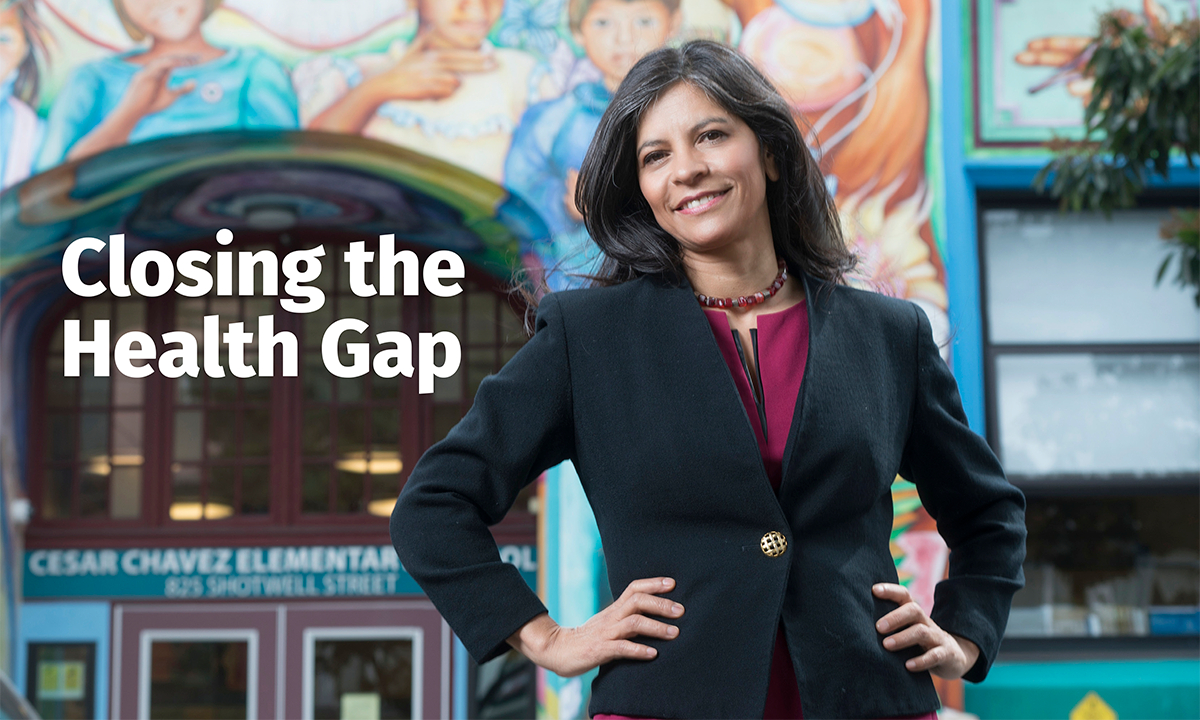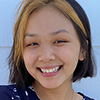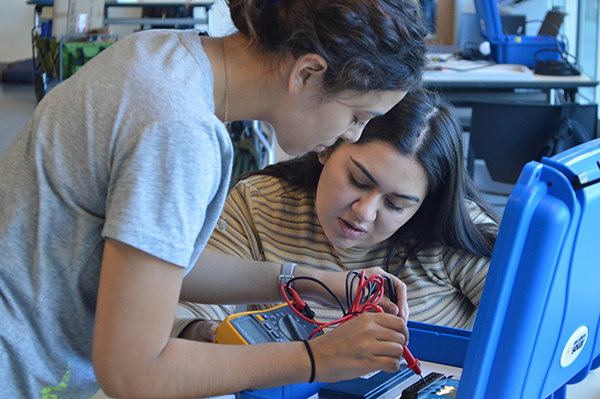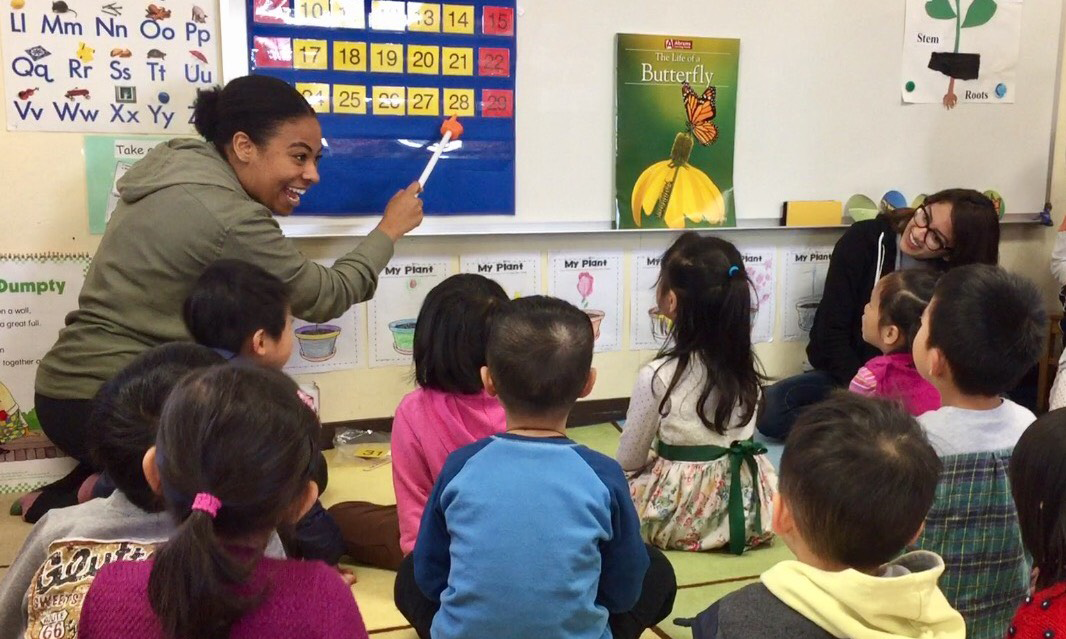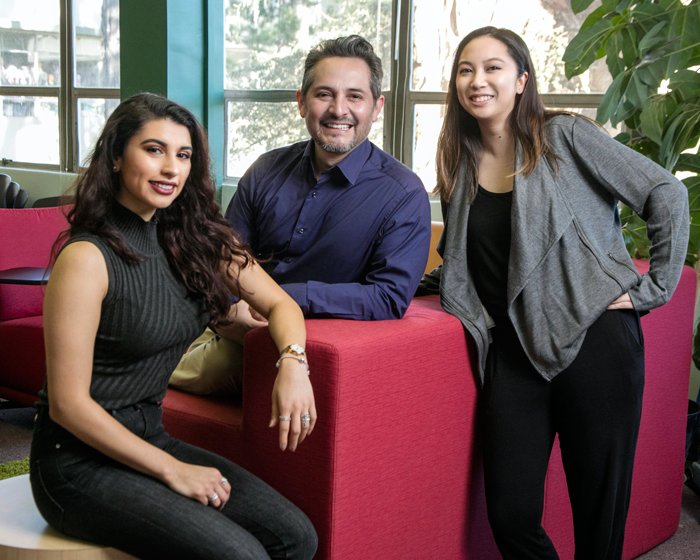Advisors can help you find your path to success
Advisors are an integral part of college success for all students, but not all students are aware of what advisors can offer them. Jennifer Kerwin and June Parra are advisors for the College of Health & Social Sciences (CHSS) at San Francisco State University*. Kerwin is a general advisor for CHSS, while Parra is advising coordinator for the Student Outreach and Academic Retention (SOAR TRIO) program. As advisors, they specialize in amplifying student voices and helping students understand higher education.
“We can be a first point of contact and direct students based on what their questions are, what needs are happening,” Kerwin says. “There are so many different things that can happen to a student over a given semester that it is not really possible to have just a quick list to go to. Your advisor can be your quick list. That’s what we’re trained in.”
Being an advisor is more than just helping students choose classes that meet their degree requirements. Advisors are essential to helping students find their footing on campus and feel like they belong. Students can find a sense of community on campus through classes and student organizations.
Parra has a similar view on her role as an advisor. “When students come in and see me, it’s not just me giving information, it’s me teaching them to understand the policy, to navigate higher education, to navigate the resources. So my role as an advisor is to enrich students with knowledge and give them tools so that they can also navigate higher education themselves and be independent after they see me.”
Advisors are students’ first point of contact when they need access to resources. SF State has wide-ranging resources to help with many different aspects of students’ lives, but students aren’t always aware of what’s available. Advisors act as conduits for all the resources the University has to offer.
The two advisors concur that not knowing the resources available seems to be the biggest hurdle shared by students. When presented with the appropriate resources and action plan, students succeed far beyond what they imagine when coming into the University.
Students in the SOAR TRIO program are among those who frequently surpass their own expectations. The program provides support services and resources to low-income, first generation college students in health-science-related fields. SOAR TRIO gives students the opportunity to create personal relationships with their advisors by meeting at least four times a semester. The program has been fundamental to the improving graduation rates for such students. In fact, SOAR TRIO students have one of the highest graduation rates at SF State.
Kerwin and Parra agree that all students, regardless of whether they are in a program like SOAR TRIO, should speak with an advisor at least once a semester to receive help on what classes they need to stay on track for their degree. Students do not have to navigate the University alone. Advisors are always there to help provide resources and a road to success — students only need to go meet with them to find out.
*Update: Advising for CHSS students is now offered through SF State’s Undergraduate Advising Center. For more information about advising, visit the Undergraduate Advising Center website.
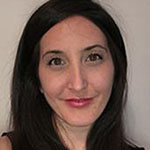
Jennifer Kerwin
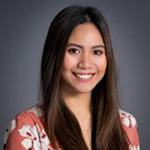
June Parra
